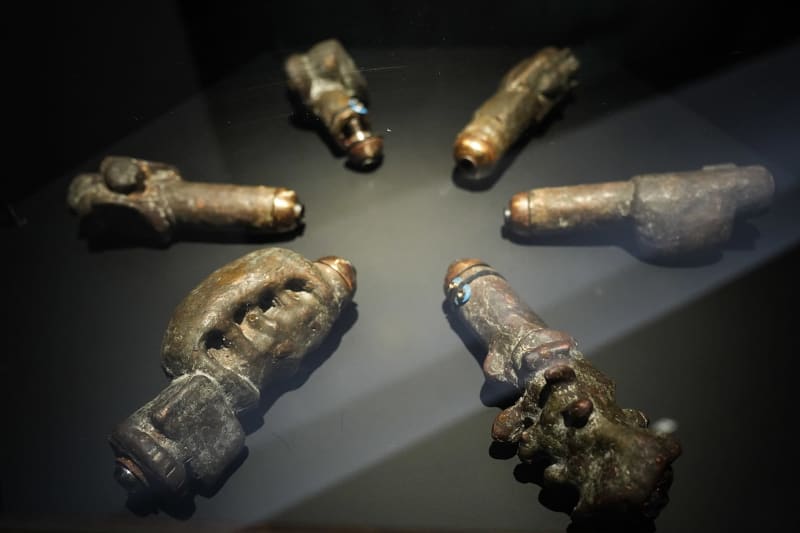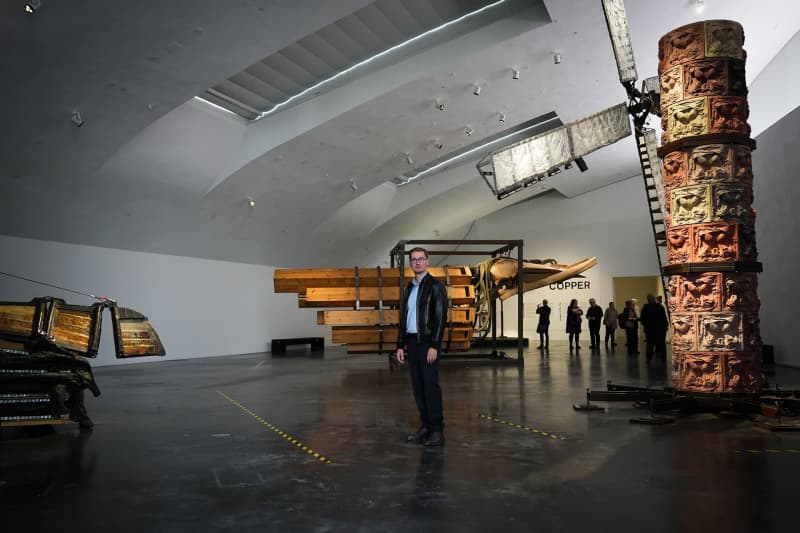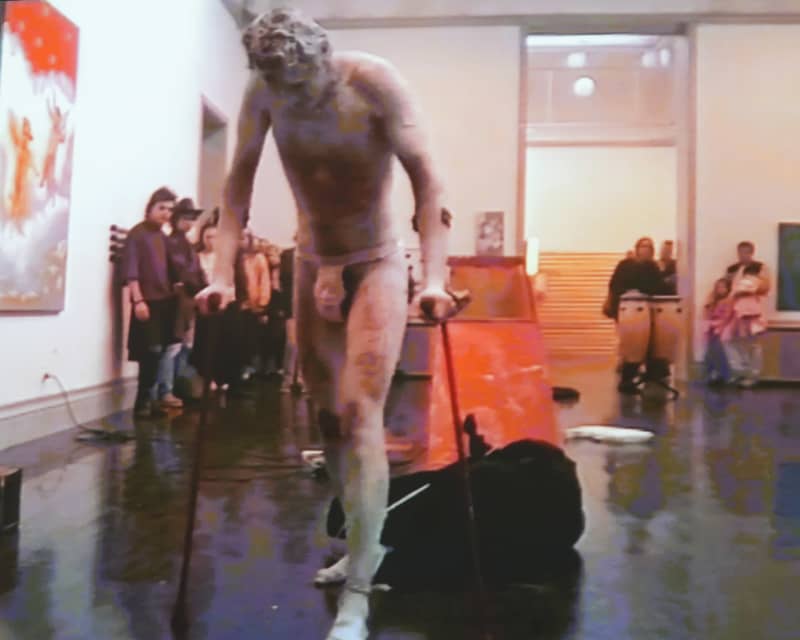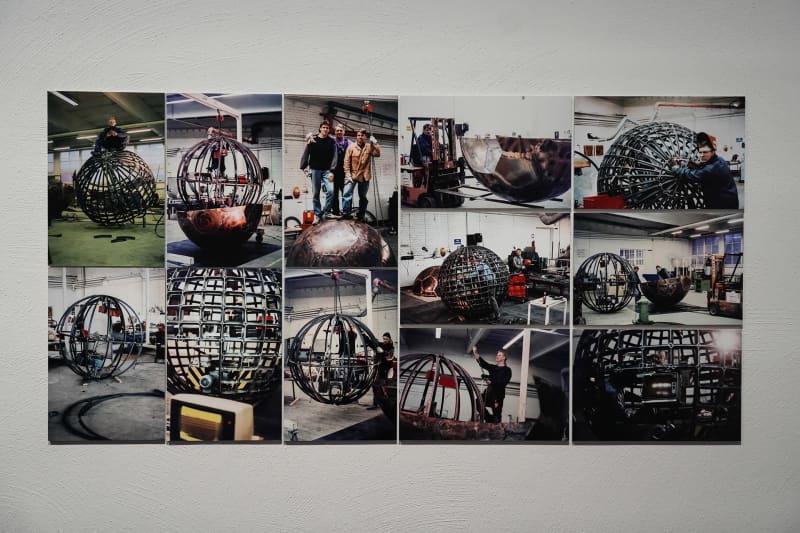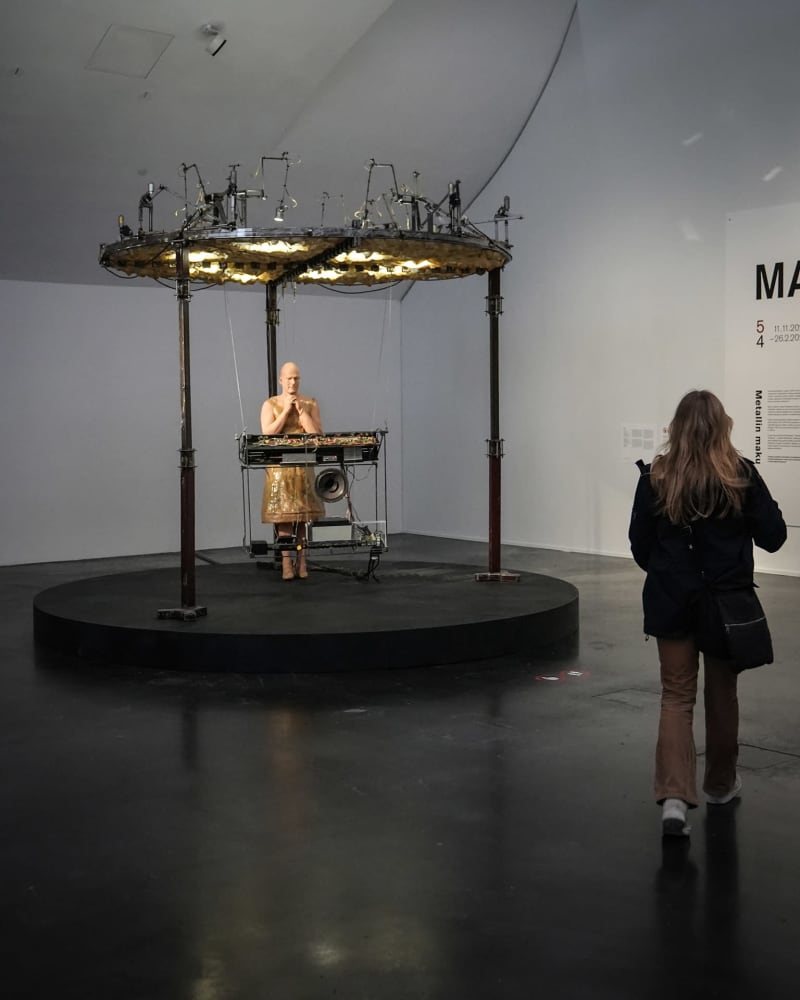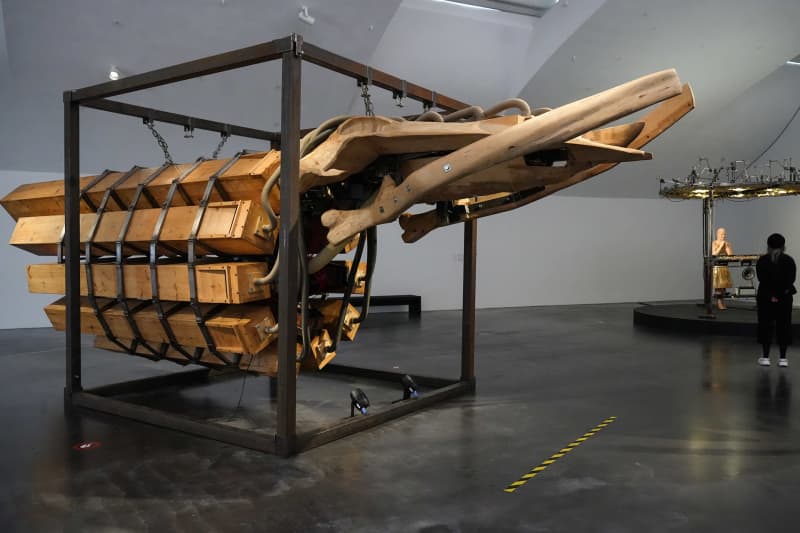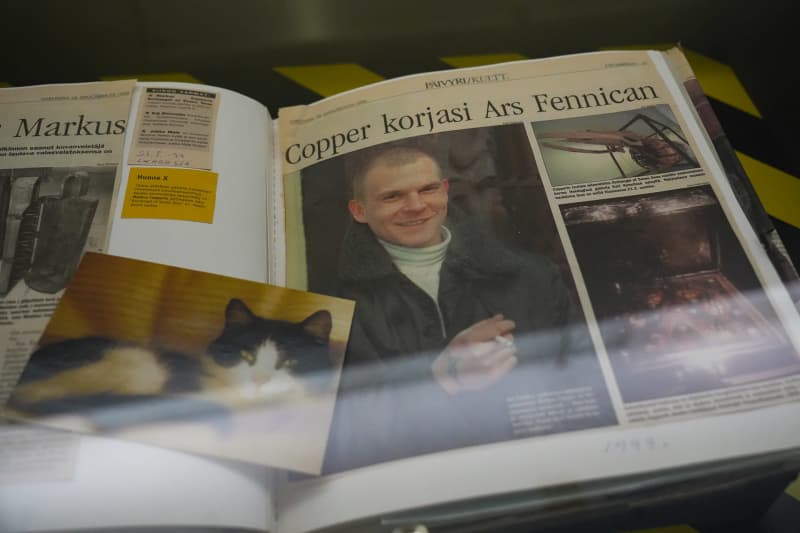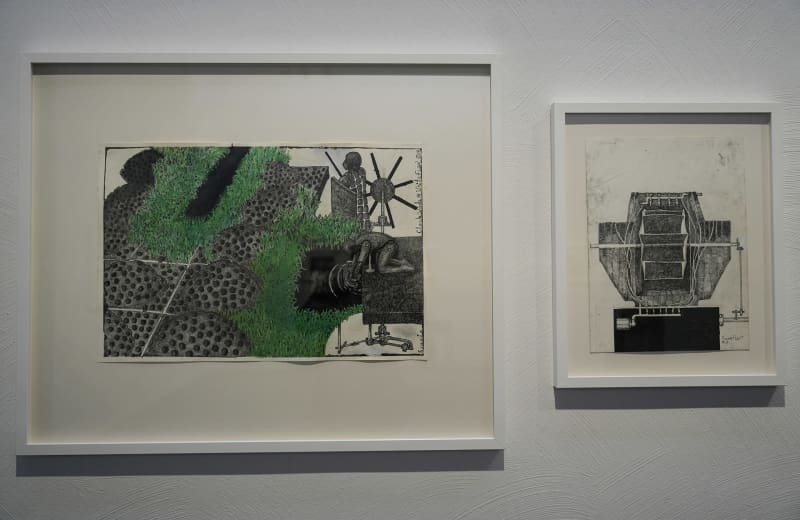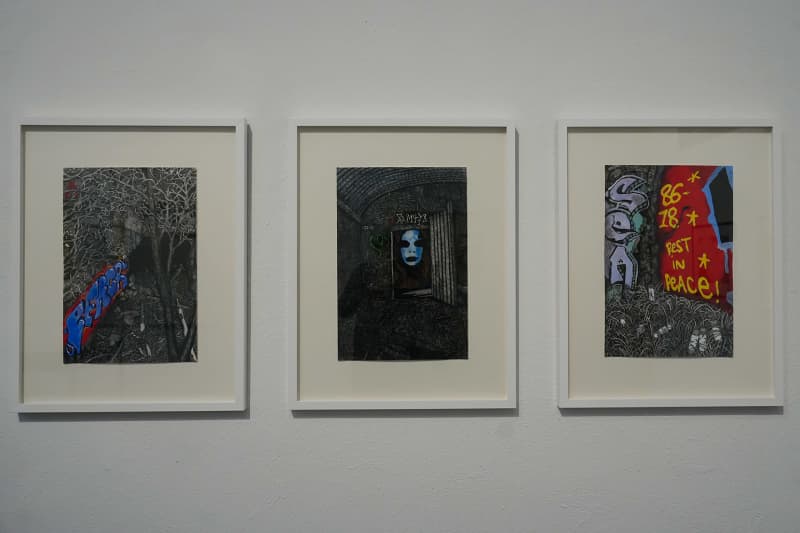Copper’s art, which has enjoyed a cult following, has sometimes even been described as violent, often commenting on tragedies and disasters. He used mechanics, sound and movement in his large-scale works.

The phrase is a good description of Markus Copper (1968-2019), both as a person and as an artist. His life was full of ups and downs.
In 1996, Copper cut off his left arm with a circular saw. Three years later, he was awarded the Ars Fennica prize. again contained an explosive device that the police had to deactivate.
No wonder Markus Copper has developed into a cult artist whose reputation has only grown over the years.
Haapala has curated the exhibition.
Provocative artist
Markus Copper, originally Markus Paajanen, attracted attention already in his school days. He specialized in provocative and even dangerous performances, the elements of which sometimes included gasoline and fire.
In the aftermath of a performance, an artist’s name was also born: a bottle filled with lighter fluid exploded in Copper’s lap and his legs were burned copper-colored.
The experimentation continued in Copper’s sculptural art, or more correctly sculpted machines, where he combined large proportions, electricity, sound and mechanics. Movement has been essential in the works – and themes that embrace extremes and extreme phenomena.
– Copper was specifically interested in extreme things and, as an artist, also in generative and creative power. However, its counterweight was always destruction and violence, states Leevi Haapala.
So, for example, the one from 1996 is a real guillotine, which could be used to execute, for example, a museum visitor.
In the Kiasma exhibition, the mechanics of both works are not in operation for safety reasons.
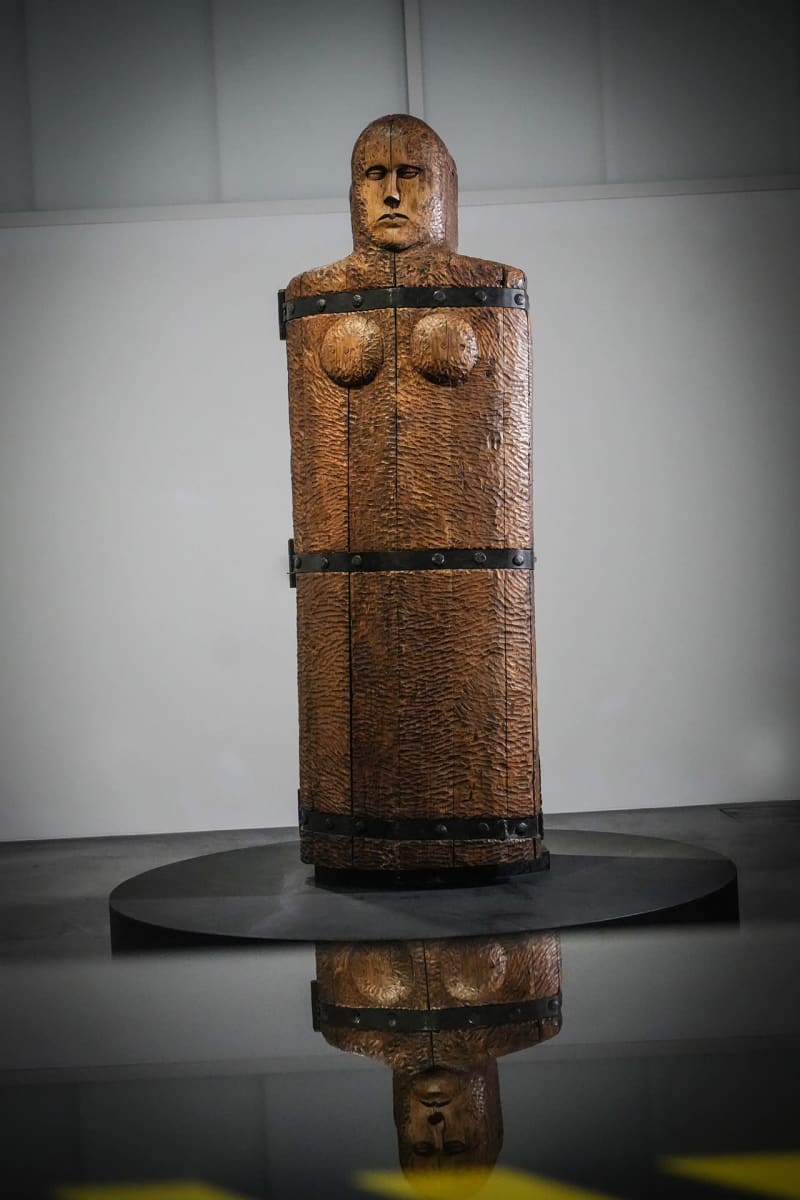
Many of Markus Copper’s works refer to tragedies and accidents, such as (2006).
The last mentioned was inspired by the ship’s musicians: according to Copper, the orchestra that sank with the ship was an essential part of the legend of the Titanic, Estonian entertainment artists have not been remembered by anyone. -the model of the sculpture’s musician has been Copper himself.
– Copper deeply felt and breathed the time in which we live. Accidents like Kursk and Estonia were things he wanted to look into. He was interested in going towards social shared traumas, and giving them a visual form. The audience could then view these traumas from a subtle distance.
Copper also didn’t shy away from current social themes, which not many domestic artists might tackle.
A huge windmill born from steel, motor, concrete and compressed air (2009) refers to the oppression under the guise of religion and the trampling of women’s rights in Islamist-ruled Afghanistan. The reliefs on the body depict female genital mutilation.
When a whale comes to life
Although Markus Copper’s works are often marked by darkness, there are also glimpses of light and some kind of dark humor in them. (1998) are based on humpback whale anatomy and sounds. In the soundscape of the work, the parts of the old organ of the Kotka church are an essential part.
– With his works, Marcus Copper wants to put the viewer in a situation where there is no reaction time. He looks for the moment when the viewer is unprepared to face the work, and then the work comes to the skin through sounds, mechanical movements and lights. The social theme of the works strengthens the experience.
But are there any artists in the world that Markus Copper could be compared to? Leevi Haapala pulls out a perhaps surprising name.

